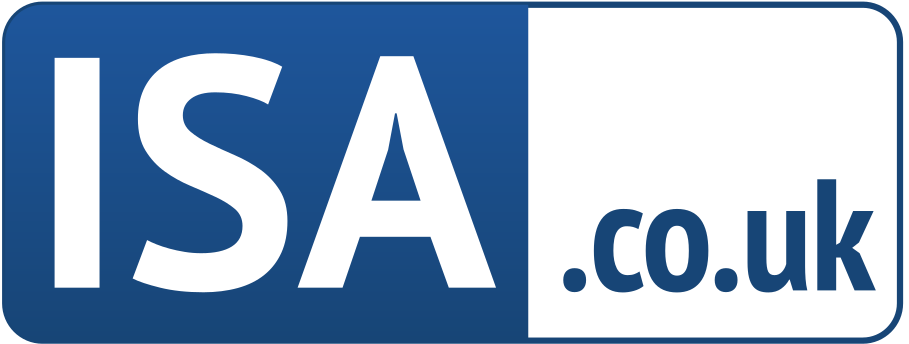Individual Savings Accounts are a well-known tax-efficient investment option. So how exactly do you go about getting one?
Individual Savings Accounts are a well-known tax-efficient investment option. So how exactly do you go about getting one?
Decide how much you can invest
Your first decision is to decide how much you want to commit to the ISA. You can make regular monthly contributions, a single contribution, or a combination of the two.
Unless you want to take out a cash ISA – where interest rates are very low at present – then your investment will be exposed to the stock market, where its value can fall as well as rise. This means that you shouldn’t invest all of your available funds in the ISA, and you need to think carefully about what level of investment loss you can tolerate. If you are in any doubt, you might want to seek professional advice.
Decide where you want to invest
Then, you need to decide which form (s) of ISA you want to use, and with which provider (s), taking advice if necessary.
The various types of ISAs open to you include:
- Cash
- Stocks & shares
- Lifetime (only available to under 40s)
- Innovative Finance
- Junior
In each tax year, you can invest a total of £20,000 across cash, stocks & shares, lifetime and innovative finance. You can choose to split the £20,000 between these four types, or between just two or three, or you can choose to put the whole £20,000 in one type of ISA, such as stocks and shares ISA. The only exception here is the lifetime ISA, where personal contributions are restricted to £4,000 per year, so the remaining £16,000 would need to be invested in other forms of ISA.
In addition to this £20,000, you can invest up to £9,000 in a Junior ISA – these are opened by parents and guardians in the names of their children, after which anyone can make contributions on the child’s behalf.
Have the necessary information to hand
As with any financial product, there will be an application form where you will need to enter your personal details. Many of these details will be easy to complete, but make sure you have your National Insurance number to hand, together with details of the bank account from which you would like your ISA funds to be taken.
Have any necessary documentation to hand
The provider and/or your adviser will carry out some form of identity verification. This may be carried out electronically and you might not be aware of this. Alternatively, you might be asked to provide a document such as a passport or driving licence to prove your identity and a utility or council tax bill to prove your address.
Ways to open an ISA
Depending on the provider, there may be many different ways to open an ISA:
- In person, perhaps in a branch of a bank or building society
- By phone
- At a meeting with a financial adviser, with the adviser completing the necessary formalities on your behalf after the meeting
- By post
- Online
- Via a mobile app
If you apply electronically, you are likely to be asked to set up a username and password. Your password needs to be something you can remember, but also something that other people aren’t likely to guess.

